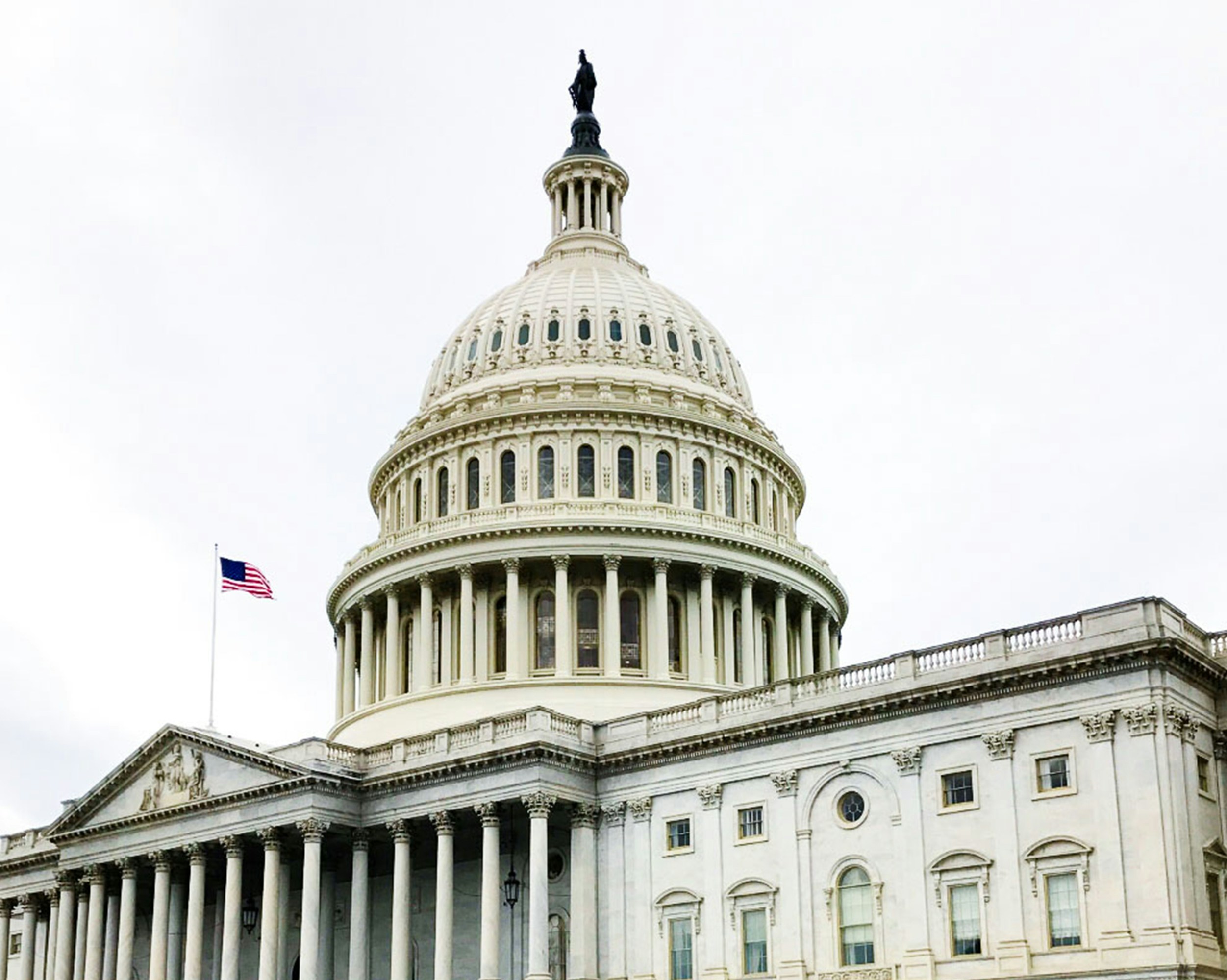
This is going to be a bigger deal than I thought: A series of blog posts reflecting on the proposed Pregnant Workers Fairness Act regulations, Part 4 of 5
- Breaking News
Takeaway 4: All roads lead to the employer bearing the burden of proving a denied accommodation was an undue hardship under the PWFA.
I don’t think there are any statistics on it, but I’d wager that over half of the ADA employment failure-to-accommodate cases litigated to summary judgment or trial end in a determination that the employee wasn’t qualified for the position, that a reasonable accommodation didn’t exist, or that the employee withdrew from the interactive process. It’s my impression that very few ADA cases are decided on the grounds of undue hardship, or at least exclusively on the grounds of undue hardship, which is an affirmative burden of proof the employer must meet. But, as far as I can see, if these proposed regulations are finalized in anything close to their current form, and if employers or the courts give them deference, employers will have to examine every prospective accommodation denial under the PWFA from the perspective of: does this accommodation impose an undue hardship on my business operations?
As noted in Part 2 of this series, the EEOC proposes to define a qualified individual under the PWFA as one who can perform the essential job functions, with or without reasonable accommodations, or one who predicts she can perform the essential job functions, with or without reasonable accommodations, within 40 weeks (excluding childbirth-related leave). That’s substantially different from case law under the ADA, where an employee has to be able to perform the essential job functions presently or advise that he/she can perform them after a reasonable and discrete period of leave. See, e.g., Moens v. City of Chicago, 805 Fed. Appx. 421, 423 (7th Cir. 2020) (“an employee whose disability prevents her from coming to work regularly cannot perform the essential functions of her job.”) (internal citation and quotation omitted).
It’s also not uncommon for a plaintiff in an ADA case to be go on at length in their deposition about the hardships and difficulties of their job, like the need to tolerate constant lifting, stress, or being on one’s feet, and, in doing so, often prove that those functions can’t be eliminated, meaning that no reasonable accommodation exists. E.g., Wulff v. Sentara Healthcare, Inc., 2013 U.S. App. LEXIS 4446, *8 (4th Cir. 2013).
In either instance, under the PWFA proposed regulations, the outcome will not be that the employee isn’t qualified or that no reasonable accommodation exists. Rather, it’s that the employer must show that “all possible accommodations…would impose an undue hardship,” in which case leave would be the default accommodation, unless the employer could show that the leave needed would pose an undue hardship.
Another common occurrence employers experience in attempting to engage with employees with disabilities to determine the appropriate accommodations is where the employee stops responding to reasonable employer requests for clarification or medical verification. The proposed PWFA regulations are pretty hostile to employer requests for medical information (see Part 3 of our blog series) and encourage employers not to seek medical information outside of an employee’s typical schedule of appointments. In effect, the EEOC is putting up yet another guardrail against employee self-sabotage, and a tremendous hurdle to employers who want to consider alternative accommodations that would better suit its business needs while also addressing or clarifying the employee’s articulated limitation.
One more blog post to go. Plus, we hope you will join us for a complimentary webinar on August 23rd at 10am Central, where we’ll discuss real-life situations where failing to understand PWFA nuances like this one may trap the unwary and unprepared employer.
If you have any questions or would like to discuss this further, please
contact Whitney Brown at 205-323-9274 or wbrown@lehrmiddlebrooks.com.





